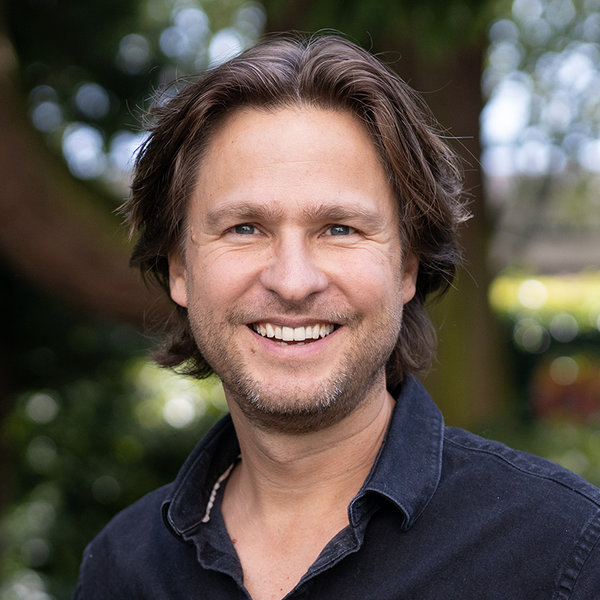Cette page n'est pas disponible en français - Vue en Anglais:
Eric Koenen, management consultant and author of The Atomium Organization (De atomiumorganisatie) and The Art Of Leadership In Times Of Change proclaims the illusion of manageability, and connection as the essence of leadership. He begins his keynote at the Corporate Learning Course (LCL) of the Foundation of Corporate Education (FCE), on Thursday, February 13, 2013 with a number of important developments for organizations. After all, leadership is about today and tomorrow: whats approaching you? Its not about knowing everything, says Koenen. Professionals at the organizations frontline are smarter than leaders at the top. Leadership is about establishing relationships between different parts of the operation. It is about the big picture.
Thinking outside the box
Koenen sees a lot of thinking outside the box. Many companies move into new areas. Take the example of the worst sellers who suddenly go into insurance. Mark Twain once said that if youre the best swordsman in the world, you should not fear for the number two. But just for someone who has never held a sword. You can expect some unexpected competition. That makes it so important to have a view outside the organization.
Learning approach
The quadrants of the Cynefin Model of Dave Snowden make clear that the most of the leadership issues nowadays, dont require linear solutions. In the complex systems that were moving in, the learning approach is most suitable. In these times, strategic issues are always learning issues.
Such a learning perspective asks for the the courage to endure some degree of inconvenience. Nice teams finish last. Therefore there must be a stable basis of trust. Its not about just a good atmosphere. Can you tolerate that sometimes it is not perfect? Look for the phases when its not going so well. Never waste a good crisis. Can you then trust this is going to lead to something better?
Be in contact
The one thing that is needed to do so is to be in contact, says Koenen. So leaders do not only have their view on the outside. They also have a sharp look to the inside of the organization. Both. At the same time. Can you see whats needed for you employees? Leadership is a conversation, as it can be read in an article by Boris Groysberg and Michael Slind in Harvard Business Review.
As a leader you can not control everything. Even highly secure organizations are committed to fraud. Its better to be a in touch with your people. The top of the organization shouldnt be at the top, the top should be in the middle. Koenen holds the Brussels Atomium as an example. On the frontline of the organization, there are good professionals who have a close eye at the environment. Theres space for good professionals to perform adequately. The leader will steer on the links and the connections. That creates the bigger picture.
Tension between connection and freedom
For leaders there is the constant tension between connection and freedom. This is the main polarity. In those polarities occur dilemmas. It is about making choices. And creating contexts where people can find each other. As a leader, you have to take position. You choose a particular direction. That always evokes response. Someone will say: we could have chosen another direction. Then you say: yes thats right, but we didnt do that.
Number of lessons
Consultants can draw a number of lessons out of these complex contexts, says Koenen. An important lesson is that there is never resistance, but fear. What we perceive as resistance, always has a deeper layer. For consultants it must be challenging to get this stuff on the table, explains Koenen. When you do so, you always have to speak for yourself: you say what you think or how you feel. That invites others to follow your example. Another lesson is that transparency is more important than public support. Especially at the beginning of a change process. And public support for the problem or issue, is more important than public support for the solution.
Leaders provide direction to the process of strategy development: where do you want to go as an organization?. We talk about a vision, not about a project plan or an Excell sheet. Martin Luther King did not say: I have a project plan and an Excell sheet. No, its the dream. Can you address the desire of your people, as a leader? Nothing will happen if theres more fear than desire. The difficulty is that ones fear can be one anothers desire. That can be a big blockade, especially if you don't have it on the table. As a consultant you choose to address the Forbidden Words: we are going to talk about the things that we can not talk about
